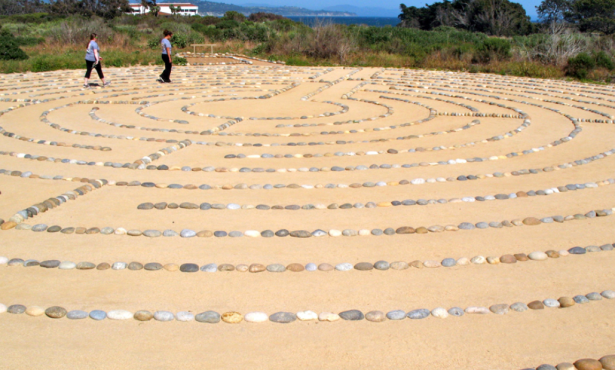Helping Hands for the Homeless
Inside the Santa Barbara Rescue Mission, Where Relationships Reign Over Food and Shelter
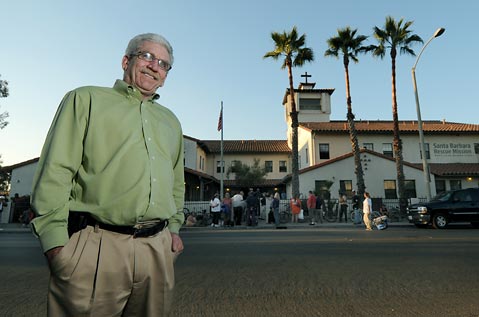
Every day like clockwork, a line starts forming outside the Santa Barbara Rescue Mission on East Yanonali Street at 6:15 p.m. More than 100 men and women – some carrying overnight bags, many with just the clothes on their backs, and an increasing amount with their children in tow – are readying for what may be their one square meal of the day, as the Rescue Mission is the only place between Santa Maria and Oxnard that serves a free hot dinner to anyone who needs it 365 days per year, with extra special meals planned for the holidays. The bulk of the clientele is homeless – of which about 90 men and 24 women and/or children can also spend the night in Santa Barbara’s only year-round general population shelter – but there’s no shortage of those with homes who need simple sustenance in a pinch, which is especially true in this economically recessed year. Considering that a staggering number of homeless people died on the streets in just the first eight, relatively weather-friendly months of 2009 – a death count currently hovering around two dozen – it’s frightening to think about what the residentially challenged would do without the Rescue Mission, an institution that’s been living up to its name since being founded in 1965 to serve the “street people” who called the Moreton Bay fig tree near the train station home.
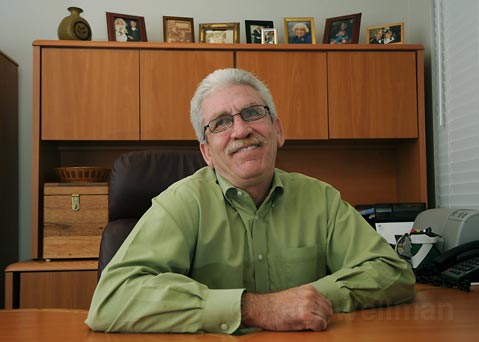
The Rescue Mission’s goal, however, isn’t just to dole out food and offer shelter, according to Senior Program Director John Gabbert. “You can provide meals. You can provide clothing. We as an organization are happy and blessed to do so,” he explained recently at the nonprofit organization’s current headquarters, which were built in 1980 between East Yanonali Street and Highway 101. “But there’s a relational aspect to homelessness. We are providing opportunities to develop relationships with people who care. To be valued, to be cared for, is just as important as meals.”
Gabbert would know. He spent three homeless years in Los Angeles, struggling with addiction, finding occasional solace in the hot dogs and soda pop offered by shelters there. “What touched me the most is when I went into a facility and someone remembered my name,” said Gabbert, who recalls walking into a treatment program on June 8, 1995, his last day on the streets. “I wanted to give people what they gave to me.”
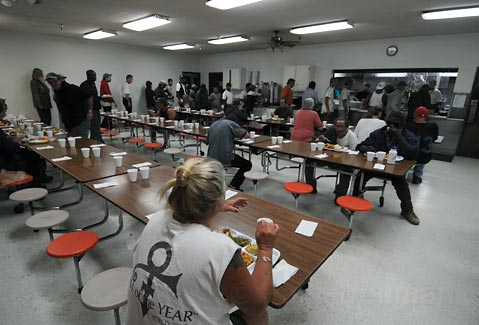
After recovering from his troubles, Gabbert applied for a job and endured 12 interviews at the Santa Barbara Rescue Mission, which is one in a string of similar shelters in every major American city and persists as a steady beacon of hope to the homeless. “Anyone with any experience with homelessness is going to recognize us,” he explained. Since being hired in 1996, Gabbert has helped countless homeless people in Santa Barbara get back on their feet, and is also an integral player in the other services offered by the Rescue Mission, including substance abuse treatment programs for men and women; a sober living center for men at the Yanonali property; a long-term recovery center for women on Arrellaga Street called Bethel House; and a job preparation/computer training center for anyone who needs it. The Rescue Mission has graduated more than 500 people through its treatment facilities, said Gabbert, and its Web site explains that 96 percent leave with a job.
While many in the treatment programs come via the criminal justice system – and the programs aren’t cheap, although Gabbert said “no one is turned away from an inability to pay” – a hefty number come straight from the homeless population that uses the dining hall and shelter. The daily interactions allow Gabbert’s staff to start developing “case management” situations with individuals, about 50 percent of whom struggle with some form of addiction. On the back of those relationships, some of the shelter users might be convinced to enter a treatment program, and could very well find a way back on their feet. Although even Gabbert admits that, due to severe mental health problems that often make people homeless in the first place, only “10-15 percent of the [homeless] population is actually capable of getting a job and maintaining housing and employment for any length of time.”
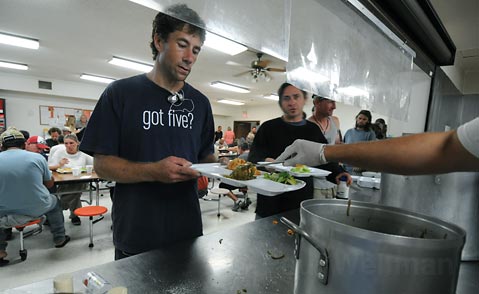
As the “mission” part of the name suggests, there’s a seat for God at this shelter’s table, but even that’s undergoing an evolution. “I’m not at all in favor of forcing people to go to a chapel service in order to get something to eat,” said Gabbert, who explained that such an equation is known colloquially as “beans, rice, and Jesus Christ.” “That’s the standard Rescue Mission format that’s been around since Moby Dick was a guppy.” But he thinks forcing people creates animosity and makes the evening chapel service much less enjoyable for those who do want to attend. The Rescue Mission recently made chapel attendance voluntary, and Gabbert’s evening staffers proclaim there’s been a “tangible” change for the better. Instead, Gabbert advocates for a “ministry of presence,” in which staff constantly are available to the shelter users, and for a “faith of attraction, not promotion.” He explained, “You have to earn the right to speak into people’s lives. That’s a relationship you build.”
But does all this relationship building amount to real solutions, or just anecdotal success stories? Gabbert and those who deal with homeless issues probably will never know for sure. “We continually try to assess whether we are impacting in a positive way with a place to stay or enabling someone to continue in a destructive lifestyle,” said Gabbert, who still sees some of the same shelter users he first met back in 1996. “It’s a balance we’re not always successful at keeping.” Like many complicated social issues, however, saving just one life makes it all worth it, and Gabbert can relay numerous tales of people coming in “tore up from the floor up” and eventually finding themselves a job. “I love watching that transformation occur,” he said.
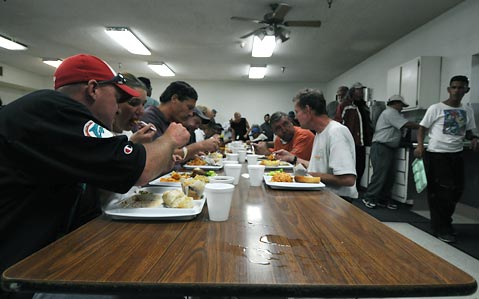
Toward the end of a recent summer afternoon, as the dinner crowd dispersed and some shifted into overnight mode, Gabbert was meandering through the Rescue Mission’s various facilities and said hello to a resident in the sober living center named Joel. He looked a little down, and Gabbert asked if he was doing alright. Joel immediately perked up, said he’d been working the graveyard shift, and that everything was looking up. “My life is full and I am grateful,” said Joel. Gabbert smiled and walked back to his office, ending another happy day fighting for those on the streets.
4•1•1
The Santa Barbara Rescue Mission is funded 78 percent by individual donations, including proceeds from the annual fundraiser. This year’s event, called Picnic on the Bayou, is being held on October 3 at Rancho Dos Pueblos. Call 966-1316 x105 for tickets. Or see sbrm.org for more info.



